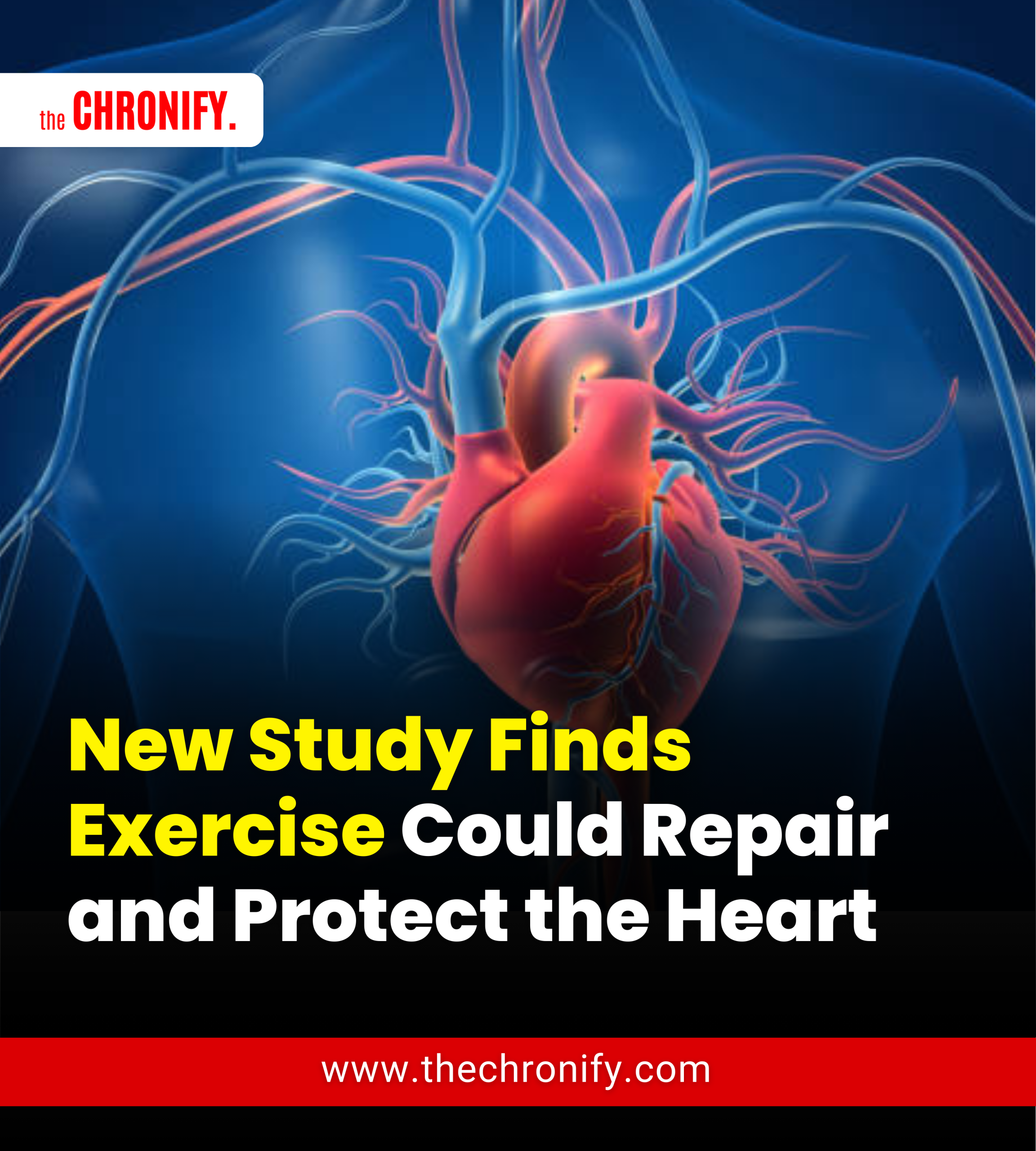Exercise Could Help Repair Heart Damage and Prevent Future Disease, Study Finds
When we think about protecting our heart, the usual advice is all about prevention—eating well, staying active, and making healthy choices. But what if your heart is already showing signs of trouble? New research suggests that it’s not too late—exercise might actually help heal the heart, not just protect it.
Dr. JoAnn Manson of Harvard Medical School says the physiological benefits of regular physical activity may go beyond prevention. “Exercise can actually reverse some early damage to the heart and blood vessels,” she explains.
That theory was put to the test in a study published in the journal Circulation in September 2021. The research focused on people between the ages of 45 and 64 who were at increased risk for heart failure. Specifically, they had left ventricular hypertrophy—a condition where the heart’s left chamber thickens and struggles to pump blood—and elevated cardiac biomarkers, which are signs of heart stress or injury.
The study divided participants into two groups: one engaged in high-intensity interval training (HIIT), while the other did more gentle activities like yoga and light resistance training. Those in the HIIT group trained with personalized fitness plans, working out three to five times a week through walking, swimming, or cycling. Strength training was also part of their weekly routine.
After one year, heart imaging showed that those who had followed the high-intensity exercise regimen had hearts that were more flexible and efficient at pumping blood. In contrast, the control group showed no significant improvements. This indicates that consistent, structured exercise could reduce the risk of a specific kind of heart failure known as “heart failure with preserved ejection fraction.”
While the study was relatively small and more long-term research is needed, the findings are encouraging. They support a growing understanding of exercise as a therapeutic tool, not just a preventive one.
As Dr. Manson puts it, with all the cardiovascular perks—from lowering blood pressure to improving circulation—exercise may hold more healing power than we previously thought.

